Yes, In Spain!!!. Incredible. I did not know it and when I read the news, a few days ago, I was surprised.
At 20 kilometers from Castellon, specifically in La Vall d´Uixó (East of Spain), you can visit the longest navigable underground river in Europe. Visitors can tour, in groups of 14 people, 1250 meters on boat and 350 meters more, walking on dry gallery.
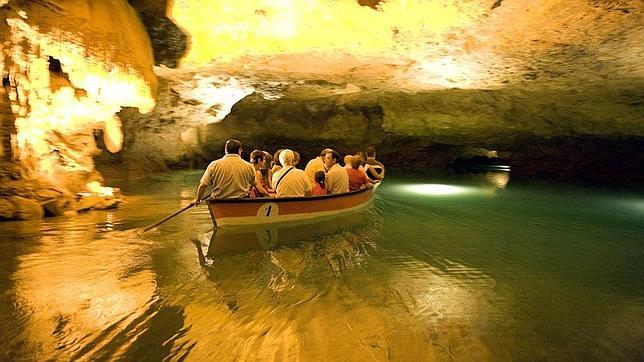
The cave has stalactites, over 30,000 years, and it is open, to public, since the 50s. Javier Paulo, Director of the site (the Site of San José), said, on the radio, he is considering starting 1,500m speleoturistic adventure route.
Despite having more than 60 years, as a touristic attraction, the origin of the river is yet to be discovered.
The cave has, inside, a constant temperature of 20 degrees Celsius all year.
This cave has enough history, because it was known in the Upper Paleolithic (17,000 years ago, more or less); this has been demonstrated with the archaeological deposits, found in the entrance, next to the cave paintings of the Magdalenian period.
There are some evidence, from the nineteenth century, about the habit of focusing the neighbors around "The spring of San José", due to the celebration of the "Feast of Flowers", where it was common for the most daring come into the cave. However, it was not until 1902, when the first known exploration was performed, reaching the "Entrance of the Forn" (one narrow passage, which through the small space, left by the water at that time, marked the limit of the accessible part of the cave).
During the following years it was growing the interest in knowing in detail the cave, and in 1915 the historian, Carlos Sarthou Carreres, made a partial exploration. In 1926, a group of neighbors passed the "Entrance of the Forn" and reached the "Diana Lake", finding as a insurmountable obstacle, the "Gallery of Siphons".
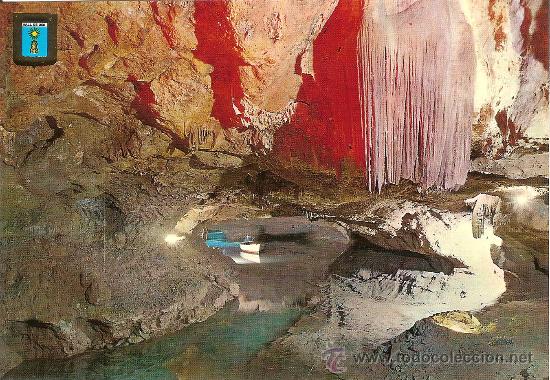
The Diana lake, Cave of San Jose
In 1929, Herminio Arroyas Martinez dies; he was a resident of the town to try to overcome the "Gallery of Siphons". In these years begin the first attempts to put the cave to facilitate visits, by installing walkways, and from 1936-1950, the development works start with dredging and construction of a dam, so in 1950, "The entrance of the Forn" is not the longer limit of travel, and through holes, were enlarged to allow passage of boats.
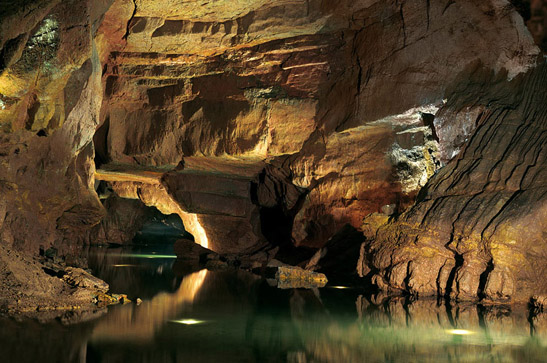
"Gallery of Siphons", Vall d´Uixó, Castellón
The first exploration, by a group of cavers, was conducted, in 1954, by the Traveller Centre of Valencia and, in 1958, the group manufactures the first topographical map of the cave. In 1960, the continuity of the cave is found, when Joaquín Saludes, from the Centre for Research and Underwater Activities of Valencia, exceeded the "Gallery of Siphons".
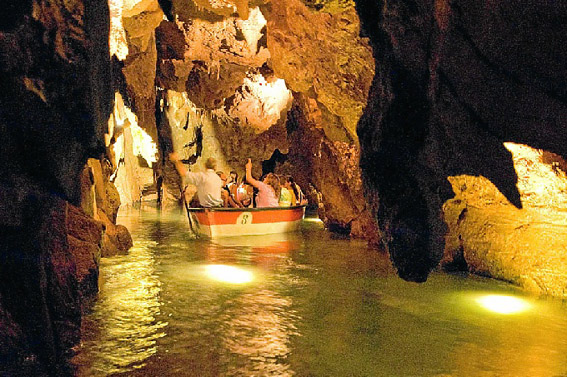
A gallery, going to the "dry gallery"
Blasting with dynamite allow this step to open in 1961. leaving bare the "Blue Pond" and the rest of the galleries, that make up the current tour, also discovered the "Dry Gallery".
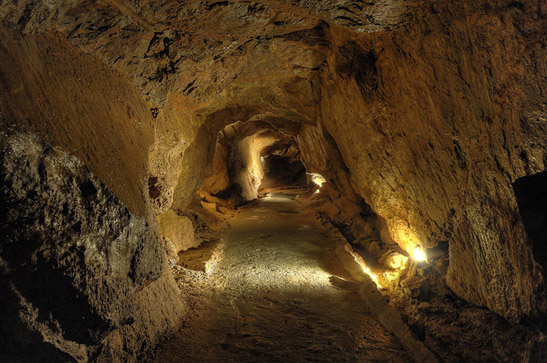
"The Dry gallery"
In subsequent years (1971-1975), various expeditions of cavers, from Castellón, and divers, from Barcelona, end up discovering new galleries and siphons, having gone to the known end of the cavity, reaching 2,348 meters.
Well, I hope that you can come to Spain, in order to visit this incredible cave.
Untill my next post, kind regards,
Luis.
Sponsored by Costaluz Lawyers.
Please click below:
